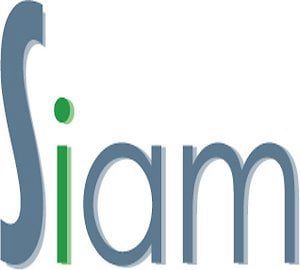ECHA reviews one-generation reproductive toxicity studies and recommends best practices

Photo: Karolina Grabowska on Pexels
ECHA reviews one-generation reproductive toxicity studies and recommends best practices – In a review of 55 extended one-generation reproductive toxicity studies (EOGRTs), ECHA confirms their effectiveness in identifying substances of concern.
The purpose of EOGRT studies
Since their introduction as a REACH information requirement in 2015, EOGRT studies have proven effective in identifying substances of concern. The studies help clarify whether a substance has adverse effects on sexual function, fertility and development. The results can be used to classify substances or help identify endocrine disruptors and protect parents and their children from the adverse effects of these chemicals.
Optimization
To optimize the design, conduct, analysis and reporting of future EOGRT studies, ECHA has issued several best practice recommendations for testing laboratories and registrants. These include the need to describe the test methodology in sufficient detail and to select a test laboratory equipped to perform the tests.
Advice on setting appropriate dosages
The review found that in 20% of the EOGRT studies evaluated, dose levels for testing were too low, leading to difficulties in hazard identification and the need for repeated testing. To address this common problem in toxicity studies, ECHA has published advice for registrants on how to set appropriate dose levels.
Workshop later this year
To assist testing laboratories and registrants in conducting EOGRT testing, ECHA will organize a workshop later this spring.
Background
The extended one-generation reproductive toxicity study (EU B.56, OECD TG 443) is designed to provide information, mainly on sexual function and fertility. However, it may also provide information on developmental toxicity and endocrine activity, as well as effects on or through lactation and other toxicities.
Further information
- Report: Evaluating results from 55 EOGRTS studies under REACH
- Annex to the report
- Advice on determining dose levels in toxicity testing
- OECD test guideline 443
Source: ECHA
Also Read: ECHA identifies certain brominated flame retardants as candidates for restriction
Reservation
This information has been compiled with the greatest possible care, in some cases from different information sources. (Interpretation) errors are not excluded. No legal obligation can therefore be derived from this text. Everyone dealing with this subject has the responsibility to delve into the matter!
